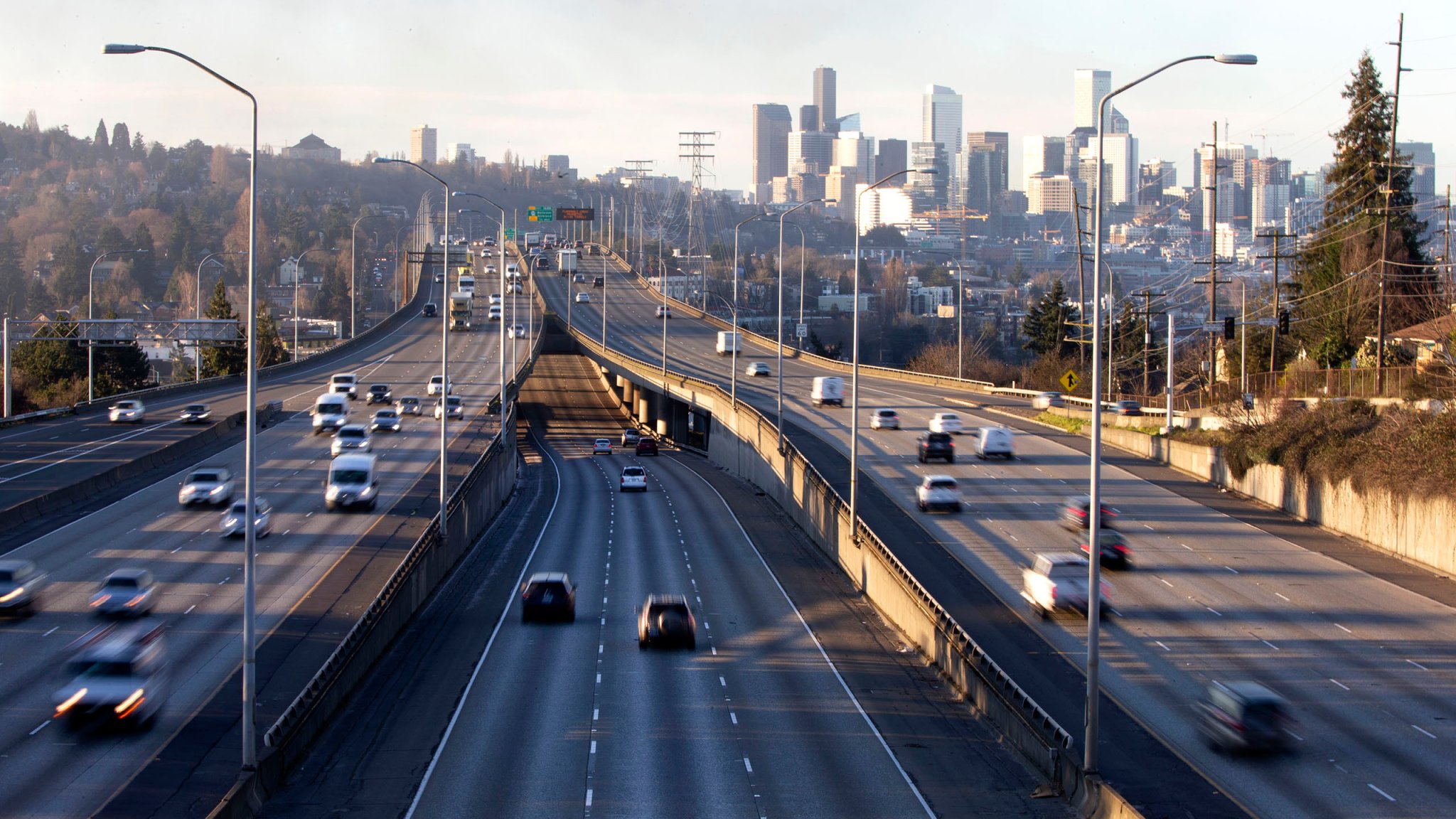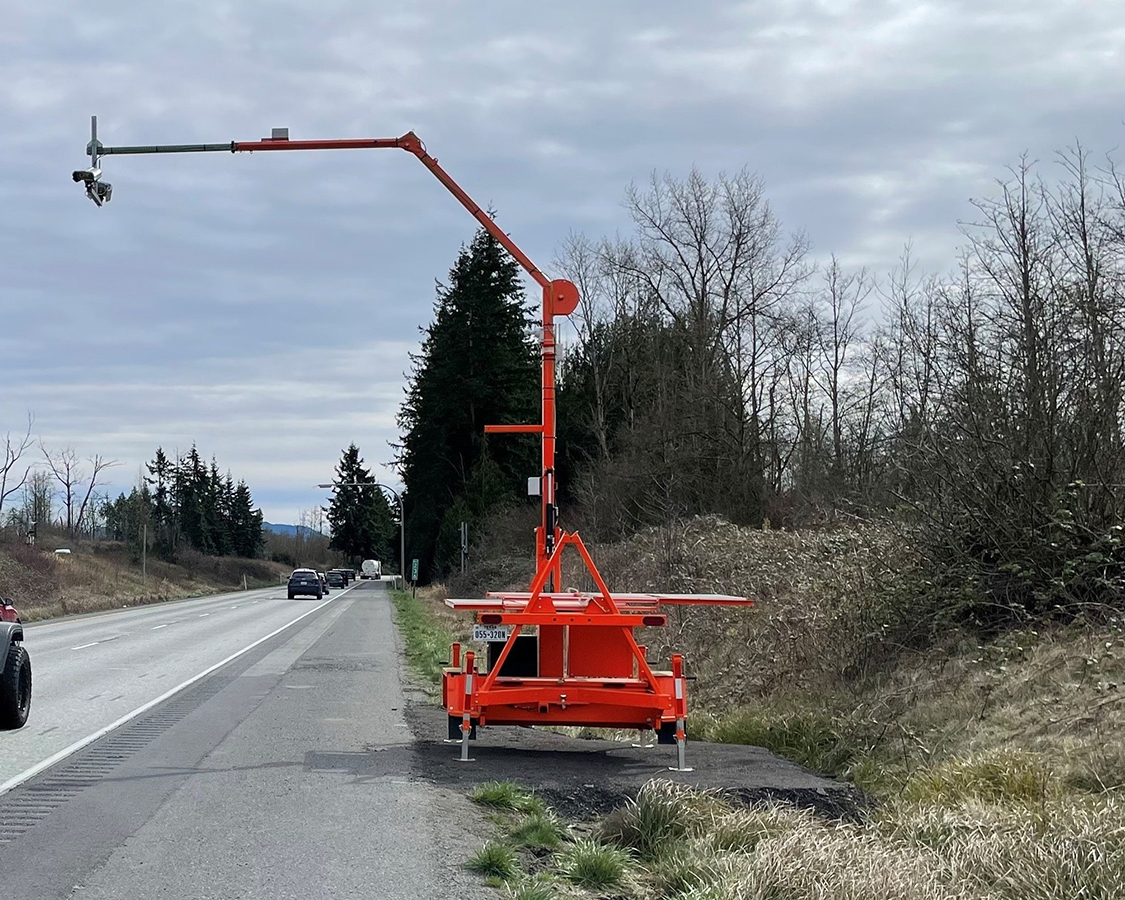
Speeding is a real problem, and jurisdictions around the country have taken different tactics in their attempts to curb it. Many have installed those digital signs and big boards to broadcast your speed to fellow drivers, to shame you. Others are using speed cameras, causing those unaware to quietly rack up serious fines. And then there’s that town near me that painted squiggly lines down a residential road before ultimately removing them a month later. There’s no right answer, which brings us to the Washington Department of Transportation’s (WSDOT) pilot program. It’s using cameras, but not in the way you’d expect.
Since the beginning of April, pairs of speed cameras have been installed in two locations associated with serious and fatal high-speed crashes in the state of Washington: “One on I-5 southbound between Bow Hill Road and Cook Road in Skagit County, and one on I-90 eastbound by Liberty Lake outside of Spokane,” per The Bellingham Herald. They measure speed and snap a photo of the offending vehicle, and WSDOT sends a notice of the infraction to the proper residence. Only, these notices aren’t tickets with fines—they’re reminders to slow down.
Roughly 8,300 drivers have received such “courtesy notices” in the mail since the program began nearly two months ago, the publication reported this week. This study is set to run only through June, at which point the department will determine whether these cameras will stay up. As it stands, there are no plans to build additional camera zones or start using the I-5 and I-90 ones to issue real tickets.

In a single month, the program tracked 47 drivers traveling at 100 mph or above on both highways, WSDOT said earlier in May. The mail notice doesn’t appear to show the vehicle’s exact speed at the time it was recorded, but it does include a list of fines for each tier over the limit. It starts with 6-10 mph over, resulting in a $135 fine, all the way up to a $432 fine for traveling more than 40 over.
Will it work? I’m skeptical. If the goal of this exercise is to collect data, then I’m sure it’ll at least serve that purpose. If it’s to send “reminders” to speeders in the hopes of discouraging them from speeding, that seems like a doubtful outcome. Speeders already have reminders—they’re called speed limits, and they make a conscious decision to ignore them. And I’m not trying to shame everyone who’s ever received a ticket; lord knows I’ve had my share. But if you have any common sense, you know that every road has its limit, and getting caught exceeding it is probably expensive. That’s the risk you take when you speed, and hopefully, you do it as safely as possible.
I suppose the letter does at least communicate that authorities are watching, and they may even start charging for infractions on those particularly dangerous stretches of road, which could result in the desired chilling effect. We won’t know if any of this actually influenced the behavior of Washington drivers until the program is over, and WSDOT pores over the data. In the meantime, has your town ever tried anything like this speed camera warning-by-mail experiment? And what, if anything, happened next?
Got tips? Send ’em to [email protected]
